Flavor and taste characteristics and history of Java and Sumatra coffee beans in Indonesian coffee island
I believe everyone has drunk Mantenin coffee from Indonesia!
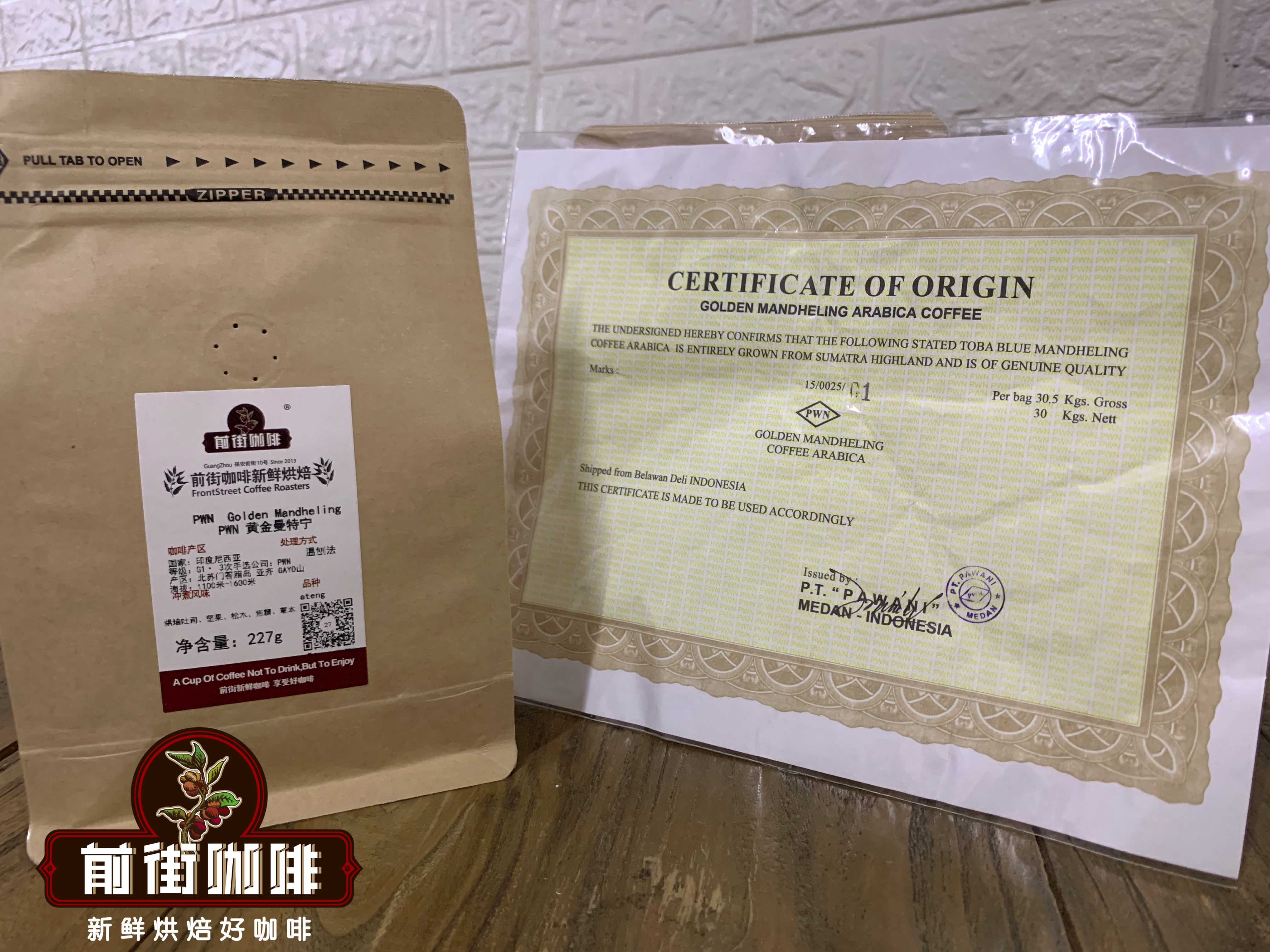
So what do you know about the coffee producing areas in Indonesia? Generally speaking, Indonesia is mainly made up of islands. The coffee is also grown on the islands. Today, the editor will give you a brief introduction to the coffee producing areas in Indonesia:
Flores I.
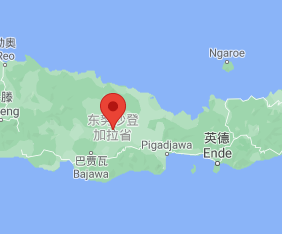
Bali is located at the westernmost tip of the Little Sunda Islands, east of Java, between the Indian Ocean and the Sea of Java and the Sea of Flores. Famous for its magnificent scenery and rich biodiversity (Bali is part of the Coral Triangle), Bali also grows some of the world's most coveted coffee, kopi luwak or civet coffee. Balinese coffee grows near the Badur volcano in the northeast of Quintamani. It has a complex taste, with a thick, smooth body, low acidity and rich wood notes, rising with subtle citrus notes.
Named for its charming underwater garden, Flores is a small jewel on the island, with magnificent mountains more than 7500 feet above sea level, fertile volcanic ash soil and a perfect climate for growing quality coffee. Flores Island, just 360 miles long, is one of Indonesia's Little Sunda Islands, and coffee is one of the island's main agricultural exports. The coffee plant brought to Flores by a Portuguese businessman later hybridized with Java seeds to create a coffee bean with a unique sweet chocolate, floral and earthy flavor. Flores coffee grows in the shade of a small farm above 5500 feet above sea level and is sustainable and natural.
JAVA, the hometown of Indonesian coffee, is now dominated by small farms to produce a small portion of the island's Arab exports from large colonial plantations. Java coffee plants grow naturally in eastern Java, along the towering (more than 4500 feet above sea level) volcanic Ijen plateau, Java coffee plants absorb nutrients and wonderful flavors from the soil to create a very full-bodied, full-bodied coffee with dark chocolate flavor and spicy pepper overtone. Java has the texture of molasses and is slightly sour than other Indonesians.
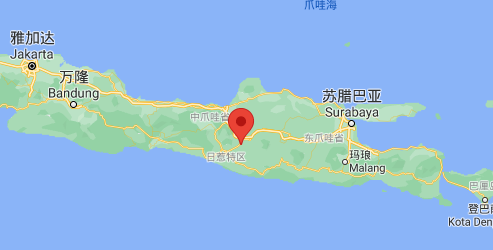
Papua is half of Indonesia (west) of New Guinea. Historically known as Irian Java, Papua has two main growing areas, the Balim Valley in the central highlands and the Kam Valley in the Nabil region. Papuan coffee is organically grown under a natural canopy above 4500 feet above sea level and has a silky taste with syrup-like flavors, rich chocolate notes and sweet maple notes.
Sulawesi, also known as Celebes, is one of the four great Sunda Islands and the 11th largest island in the world. Sulawesi has a unique shape, with four peninsulas extending south, southeast, east and north-all connected by Central Sulawesi. Although each of these peninsulas has towering mountains, most Arabica coffee in Sulawesi grows in the Tana Toraja Highlands in the west / southwest of Sulawesi. More than 95% of Arabica coffee in Sulawesi grows naturally on the small family land of Toracha. Sulawesi coffee is smooth and simple on the palate, with deep, mild spices and sweet nutty tones, with a bright finish.
Sumatra, the largest Sunda Islands, is the sixth largest island in the world and Indonesia's largest producer of Arabica coffee. The world's coveted and acclaimed Sumatran coffee has a unique richness, with a rich creamy texture, low acidity and deep, almost bitter flavors of chocolate, chili, sweet fruit, cedar, tobacco and earth. Sumatra has primeval forests, towering volcanoes (Arabica coffee is 4000 feet above sea level), fertile soil, stable microclimate and the biodiversity needed to create nature-friendly complex cups, it's ideal for growing coffee. There are two main coffee growing areas in Sumatra, the northern Gayo area centered on Aceh and the north-central Lintong area located in the southwest of Lake dopa.
Important Notice :
前街咖啡 FrontStreet Coffee has moved to new addredd:
FrontStreet Coffee Address: 315,Donghua East Road,GuangZhou
Tel:020 38364473
- Prev
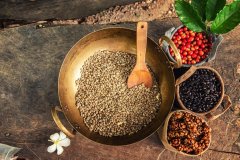
Indonesian coffee producing area Indonesian Arabica coffee beans cultivation characteristics and historical development story
Indonesian coffee, grown in ash, pepper and spices, is revered for its distinctive, unmistakable flavor, velvety texture and earthy hues. Secret? Position, position, position. Located between the Pacific Ocean and the Indian Ocean, the Republic of Indonesia consists of more than 16,000 mountainous volcanic islands, including Arabica, Java, Sumatra and Sura.
- Next
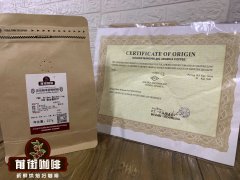
Flavor and taste characteristics and history of Java and Sumatra coffee beans in Indonesian coffee island
I believe everyone has drunk Mantenin coffee from Indonesia! So what do you know about the coffee producing areas in Indonesia? Generally speaking, Indonesia is mainly made up of islands. The coffee is also grown on the islands. Today, the editor will give you a brief introduction to the coffee producing area of Indonesia: Flores Island, Bali Island, located in the Little Sunda Islands.
Related
- Detailed explanation of Jadeite planting Land in Panamanian Jadeite Manor introduction to the grading system of Jadeite competitive bidding, Red bid, Green bid and Rose Summer
- Story of Coffee planting in Brenka region of Costa Rica Stonehenge Manor anaerobic heavy honey treatment of flavor mouth
- What's on the barrel of Blue Mountain Coffee beans?
- Can American coffee also pull flowers? How to use hot American style to pull out a good-looking pattern?
- Can you make a cold extract with coffee beans? What is the right proportion for cold-extracted coffee formula?
- Indonesian PWN Gold Mandrine Coffee Origin Features Flavor How to Chong? Mandolin coffee is American.
- A brief introduction to the flavor characteristics of Brazilian yellow bourbon coffee beans
- What is the effect of different water quality on the flavor of cold-extracted coffee? What kind of water is best for brewing coffee?
- Why do you think of Rose Summer whenever you mention Panamanian coffee?
- Introduction to the characteristics of authentic blue mountain coffee bean producing areas? What is the CIB Coffee Authority in Jamaica?

